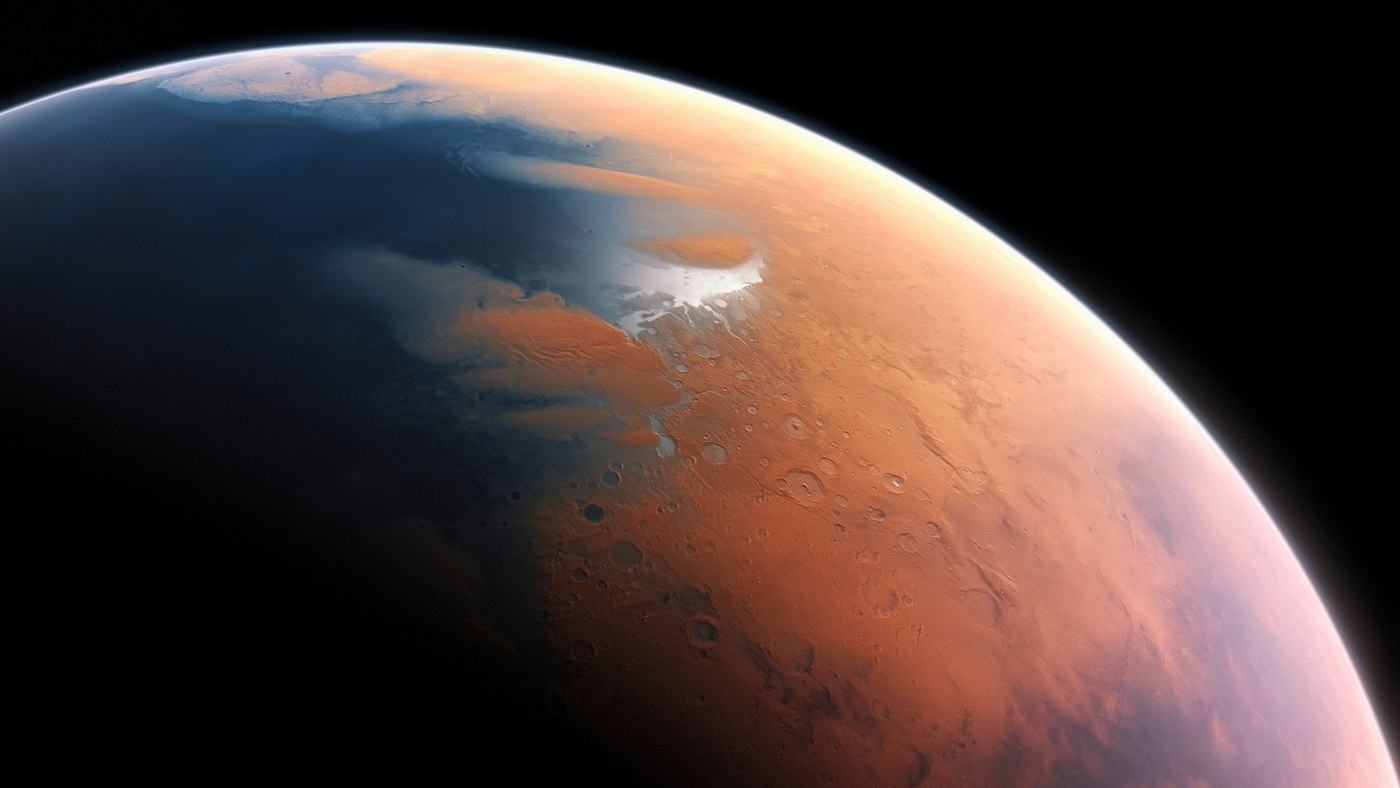New research suggests that temperatures on Mars in the distant past may have fluctuated dramatically between warm and cold periods. These temperature fluctuations had a critical impact on life, if it actually existed on the Red Planet.

Modern Mars is a dry and cold desert. However, billions of years ago, it was much wetter and more like Earth. Researchers at Harvard John A. Paulson School of Engineering and Applied Sciences (SEAS) have proposed a hypothesis for how the planet might have held heat and water.
Mystery of liquid water
“Liquid water on Mars is a mystery, since the planet is farther away from the Sun. In the past, our star was fainter, so it couldn’t heat the Red Planet enough,” notes Danica Adams, a NASA scientist. A study published in Nature Geoscience helps to better understand this phenomenon.
Scientists had previously hypothesized that hydrogen in the Martian atmosphere contributed to heat retention.It interacted with carbon dioxide, enhancing the greenhouse effect and creating the conditions for liquid water to exist. However, hydrogen could not remain in the atmosphere for long periods of time.
How did the climate change on Mars?
To explore this process, a team of scientists modeled chemical reactions in the atmosphere of Mars. It turned out that between 4 and 3 billion years ago, the Red Planet experienced periods of warming. These fluctuations occurred over 40 million years, with each warm period lasting at least 100,000 years. This happened because water was transferred from the atmosphere to the soil and then released again as hydrogen, supporting the greenhouse effect.
In addition, carbon dioxide reacted with sunlight to form carbon monoxide. During warmer periods, this process was reversed, turning carbon monoxide back into CO₂. If Mars remained cold for long periods of time, carbon monoxide and oxygen accumulated, which could have negative consequences for possible life.
Next studies
The next step for scientists will be to compare the resulting models with real samples of Martian rocks and soil. These samples are to be returned to Earth in future NASA missions. The results are an important step in understanding Mars’ climate changes, as well as its potential habitability in the distant past.
We previously reported on how Ingenuity helped scientists measure wind speeds on Mars.
According to Space


